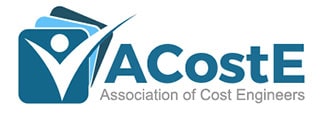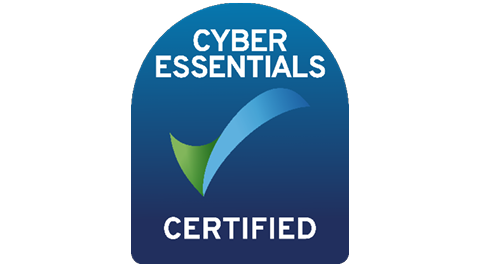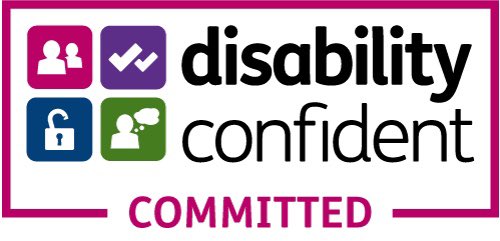IR35 tax legislation - changes when engaging Ltd Company Contractors: April 2021
Having been initially postponed for one year from April 2020, the legislation came into force in April 2021.
The reforms govern the tax treatment of workers who utilise a Personal Service Company (PSC) to supply their services.
IR35 (also known as the ‘off-payroll rules’ or the ‘Intermediaries Legislation’) is a tax regime affecting contractors, which is designed to make sure everyone who performs the same job in the same manner pays similar income tax and national insurance irrespective of what engagement model is used.
Where a contractor’s assignment is assessed to be ‘inside of IR35’ (which means that the contractor’s working arrangements have similar key features to that of an employee), income tax and national insurance must be deducted from the contractor’s pay.
Prior to April 2021, in the private sector, it is the contractor’s personal service company which was responsible for assessing whether the contractor is inside or outside of IR35 and to make the required tax deductions.
The Government’s view is that a significant percentage of contractors are not assessing and paying tax correctly, which is the main reason for these reforms.
Below are links to a series of podcasts produced by Shaun Critchley, Managing Director of Advance, and nd John Chaplin, Partner at BDO.
Although produced for the initial introduction date of April 2020, the technical content is still valid as only the date of the IR35 legislation has changed.
The full playlist – bit.ly/IR35PodcastPlaylist
- IR35 – the basics (bit.ly/IR35TheBasics)
- IR35 – how IR35 works (bit.ly/HowIR35works)
- IR35 – who is liable? (bit.ly/IR35Whoisliable)
- IR35 – potential impact to end clients (bit.ly/IR35ImpactonEndClients)
- IR35 – the role of the agency (bit.ly/IR35RoleoftheAgency)
- IR35– Advice for contractors and insurance options (bit.ly/IR35ContractorsandInsurance)
What has changed?
Since April 2021, the responsibility for determining whether a contractor’s assignment is inside or outside of IR35 has passed to the end-client who receives the contractor’s services.
The responsibility for deducting and paying tax from the contractor’s pay has also moved, to the party which pays the contractor’s limited company (usually, this will be an employment agency).
The change does not apply where the end-client is a small company, which means a company which meets any 2 of the following criteria:
- Annual turnover of not more than £10.2 million;
- A balance sheet total of not more than £5.1 million;
- No more than 50 employees.
Full details of the legislation are available here:
Web: https://www.gov.uk/topic/business-tax/ir35
What does this mean for you the contractor?
If you wish to be engaged via a personal service company (PSC), the end-client will need to determine whether your assignment is inside or outside of IR35.
Essentially, if the end-client determines that your assignment is inside of IR35, Scantec will be required to deduct income tax and national insurance from your pay and pay this to HMRC.
If the end-client decides that your assignment is outside of IR35, you will be able to continue working through your personal service company and no tax deductions will be made by Scantec.
If you currently work via our PAYE or Umbrella models or receive payments to your personal service company net of income tax and national insurance, these changes will not affect your pay.
Is my assignment inside IR35?
The Government’s Check Employment Status for Tax (CEST) tool is designed to help determine whether an assignment is inside or outside of IR35.
CEST has come in for a lot of criticism from various industry bodies and lobby groups and although improvements to the tool have been made, many professionals do not believe that the tool can make correct determinations in all situations.
The Government’s IR35 help service is also available if CEST does not provide a clear answer:
Email: ir35@hmrc.gov.uk
Phone: 0300 123 2326
Web: https://www.gov.uk/guidance/ir35-find-out-if-it-applies
That being said, although you may perform due diligence, it is up to the end-client to determine IR35 status and they may opt to use alternative tools/methods to make their decision.
Disagree with client’s status findings?
End-clients will need to provide contractors with written reasons for making an IR35 determination, if requested, and must also provide contractors with the right to appeal against the decision. Further guidance is expected on what form the appeal process must take and we will keep you updated.
What are we doing to help you?
We have been working closely with our clients and contractors to help ensure that they are prepared for the changes and that they review assignments and engage with contractors when the implementation date was initially set as April 2020.
We already have significant experience of helping clients and contractors deal with changes to IR35, following similar changes being introduced for our public sector clients in 2017.
We therefore wanted to make you aware of a IR35 assessment tools available, The tool helps you determine whether a role is ‘in’ or ‘outside’ of IR35.
In addition, our legal advisors can provide consultancy support to assist you with implementing the tools and your IR35 role profiling project if required.
IR35 Protect insurance is available which covers determinations made using the assessment tools, which covers any tax liabilities and legal fees should any determination be challenged.
Key aspects of the online IR35 assessment tool:
- Built using EY’s proprietary information, the tool incorporates a full audit trail;
- Clear questions and a supplementary narrative allow for the full detail of each role to be examined;
- Flexibility to review both roles and individuals provides a suite of options to the end-user;
- A risk-based scoring mechanism affords you the opportunity to make informed decisions to protect your business;
- Scores are given after each section is completed, providing a quick insight to the key risks and possible mitigation strategies;
- A final score is provided at the end of each assessment;
- All parties in the supply chain have access to the system, providing complete transparency over the information entered and the corresponding risk rating outcome;
- A document is produced with an overall score and summary for each section, providing you with evidence of the status decision reached and a demonstration that ‘reasonable care’ has been taken.
If you have any queries, please us the following email address, legislation@scantec.co.uk to log your query or speak to one of our IR35 specialists on 0151 666 8950.






